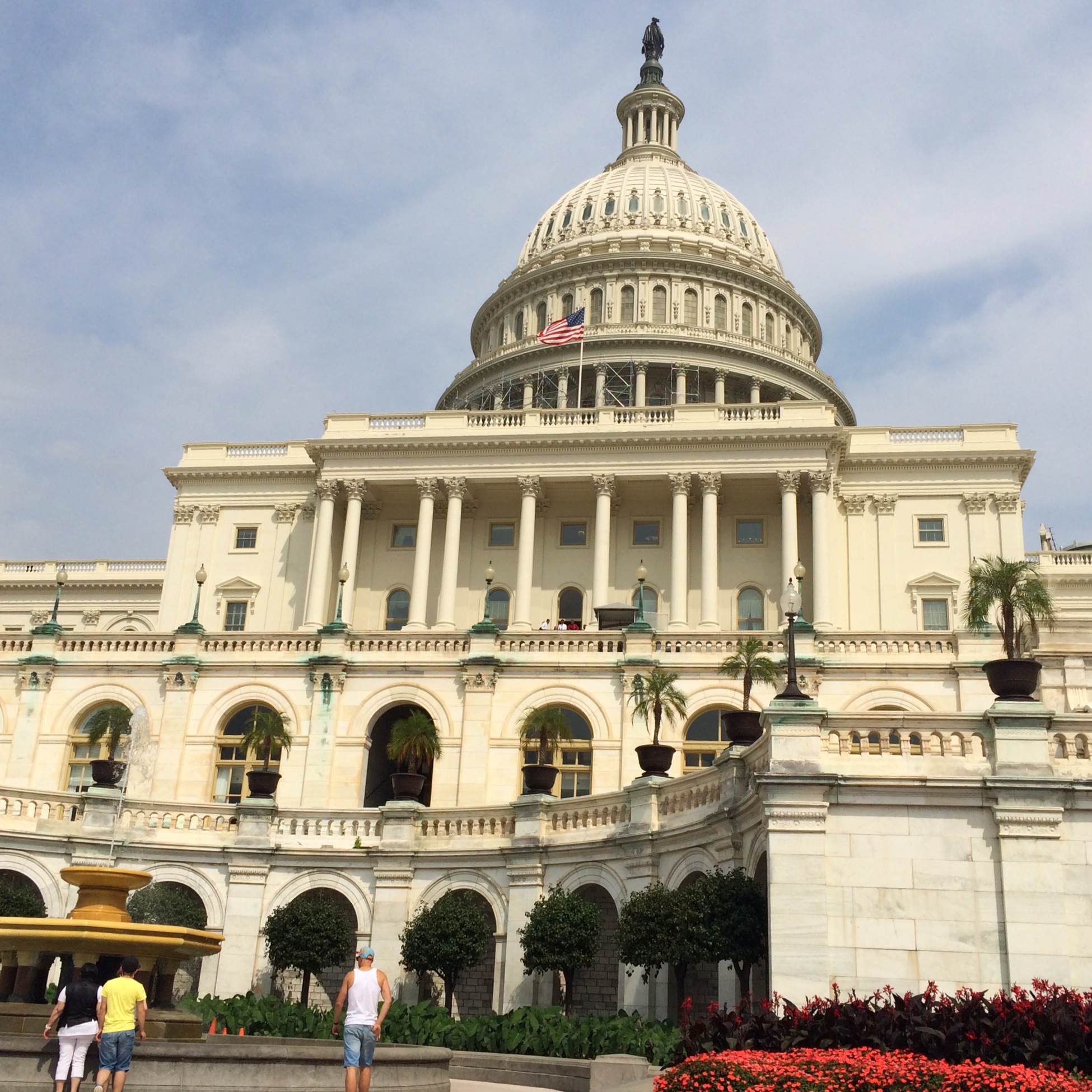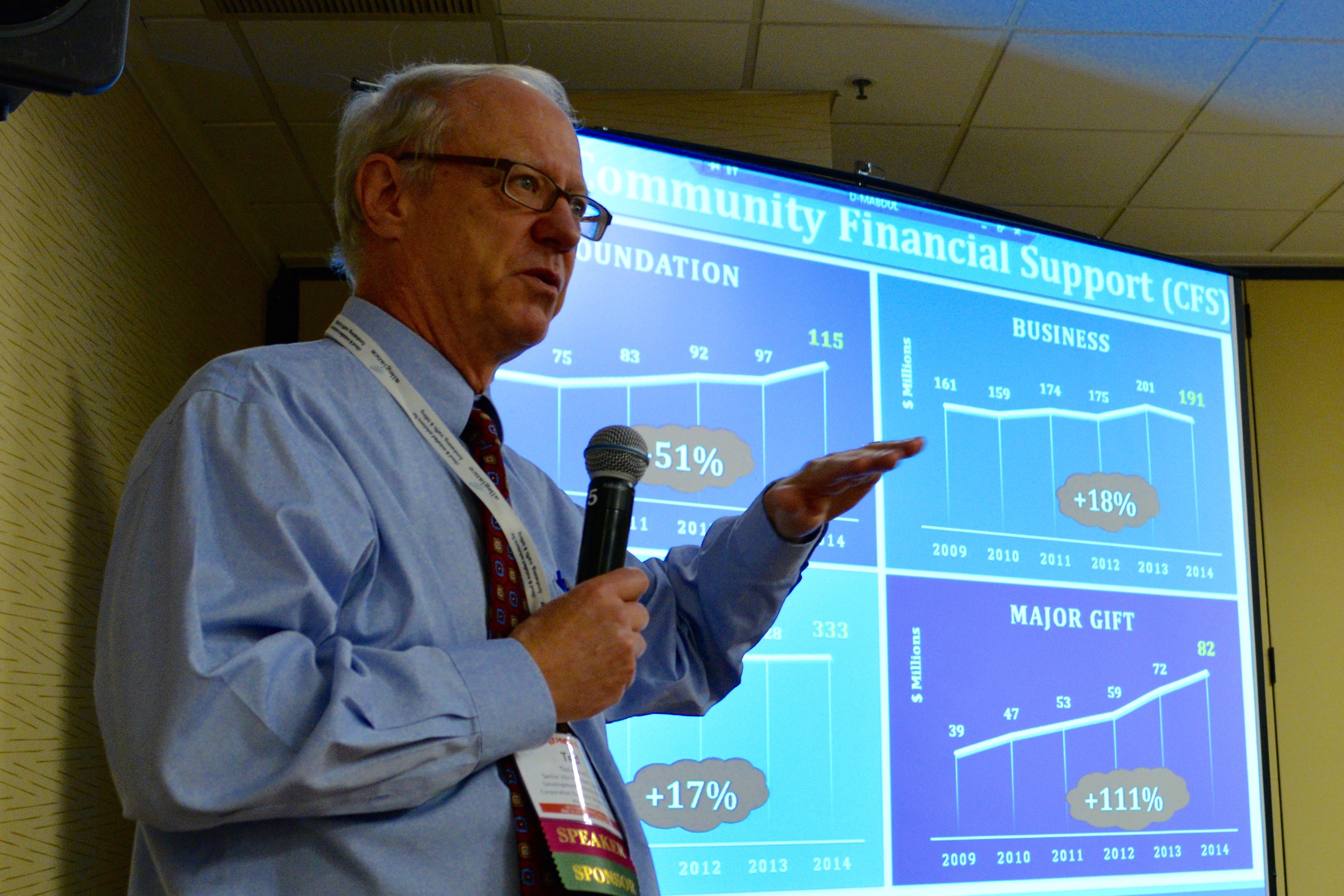Tag: CPB
CPB to honor NPR journalists
David Gilkey and Ofeibea Quist-Arcton were part of the NPR team that covered the Ebola crisis earlier this year.After rough start, Southern Education Desk relaunches with tighter focus
The Local Journalism Center brings together a new group of stations, buoyed by a third year of CPB support.House and Senate spending bills propose level support for CPB, but no interconnect funds
The bills include level funding of $445 million for CPB.House Appropriations Committee approves $445M for CPB
But PBS’s interconnection project lacks support so far.U.S. pubcasters visit Kiev to advise on creating public media network
Representatives from CPB, Oregon Public Broadcasting and the Association of Independents in Radio are in Ukraine's capital.FCC to provide spectrum bids to stations by September, CPB Board hears
Stations have 60 days from receiving bids to declare whether they will participate in the auction, set for mid-2016.A CPB board member urges pubmedia to fill void in local news
“Local journalism is a niche that is being neglected by the commercial marketplace.”CPB finds majority of audited grantees out of compliance with Communications Act requirements
Two-thirds were noncompliant with at least some provisions of the Act, according to the corporation’s Office of the Inspector General.CPB analysis shows bright spots for public television
The analysis found public TV stations rebounding from five-year declines, as well as slowing growth for public radio.CPB backs collaboration in Baltimore on coverage of Freddie Gray aftermath
Two stations are working together to expand reporting on the city's response to Gray's death.Senate resolution upholds forward funding for CPB
The joint resolution approves the blueprint for the $3.8 trillion 2016 federal budget.CPB finds room for media innovation in 1967 Public Broadcasting Act
CPB’s fresh look at the Act is part of its two-year “Future of Public Media Initiative.”CPB’s Curren to retire, Reveal expands, and more comings and goings in public media
Curren has been CPB’s c.o.o. since 2006.What’s new for stations under the latest webcasting royalties agreement
The new deal means increased reporting for some stations.The Pub #12: Authenticity is the new authority; Focusing on local news; Fixing the news director shortage
A Republican CPB board member suggests that public media shift more resources toward local news.













